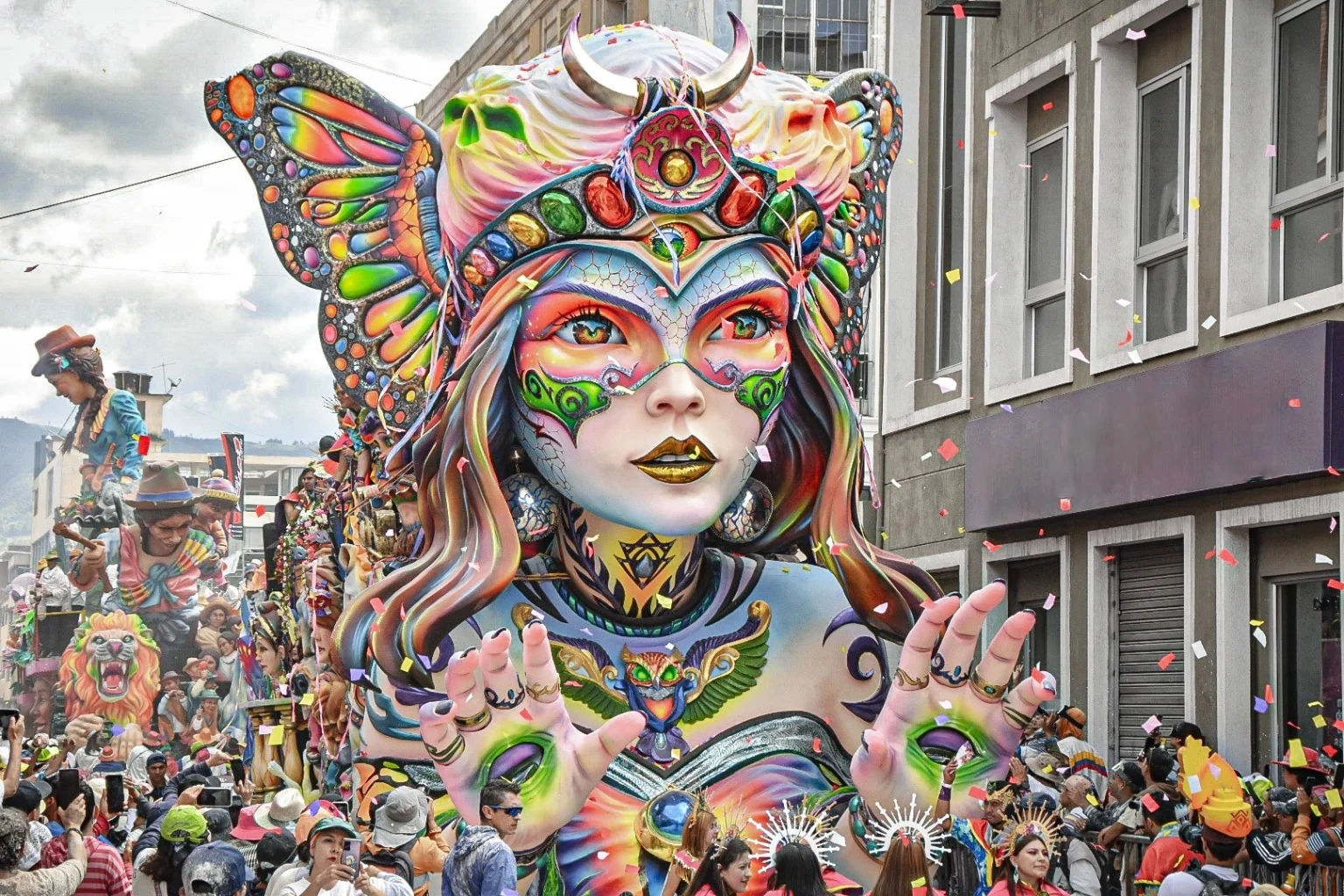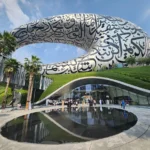Forget Rio’s Carnival for a moment—South America is a continent that pulsates with festivals far beyond the globally famous spectacles. Hidden deep in the Andes, floating over Amazonian rivers, or celebrated in cobblestone colonial towns, these lesser-known but utterly epic South American festivals are waiting to take your breath away.
Whether you’re chasing culture, color, music, or madness, here are the most incredible South American festivals you’ve probably never heard of—but definitely should attend!
1. Inti Raymi – Peru
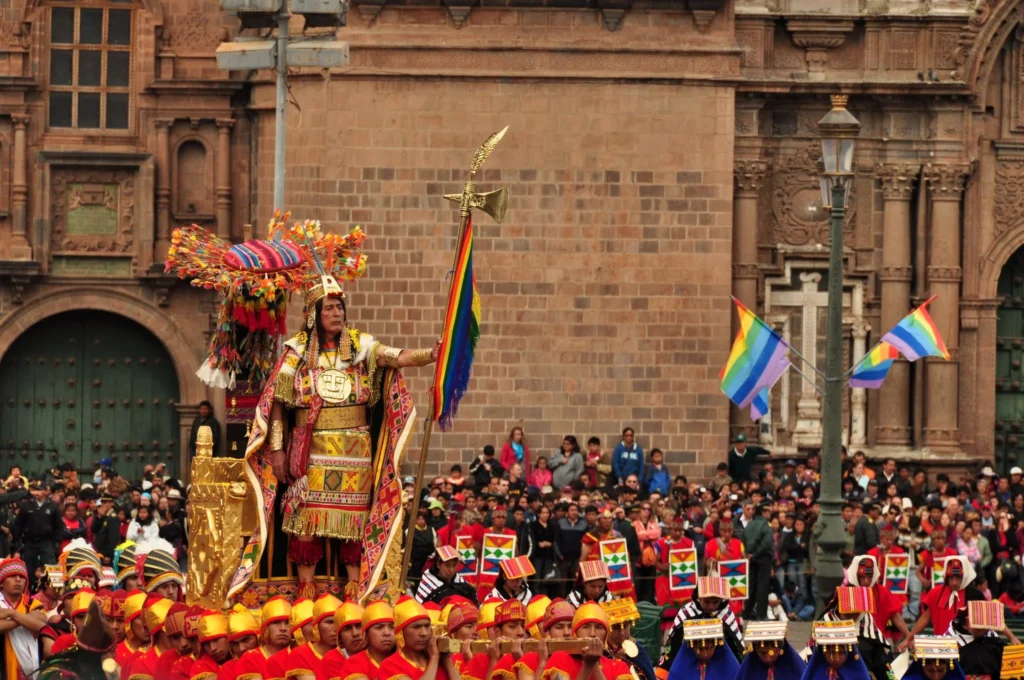
When: June 24
Where: Cusco, Peru
What & Why: Inti Raymi, meaning “Festival of the Sun” in Quechua, is an ancient Inca religious ceremony honoring Inti, the sun god, who was considered the most important deity. Celebrated during the winter solstice, it marks the return of longer days and the Inca New Year, symbolizing renewal and agricultural fertility.
Though the original festival was banned by Spanish colonizers, it was revived in the 1940s as a theatrical reenactment that now attracts thousands.
History & Culture: This festival blends history, religion, and performance, showcasing Inca culture through costumes, music, and rituals.
The highlight is the grand procession from Cusco’s Plaza de Armas to the Sacsayhuamán fortress, where the “Sapa Inca” (Inca king) offers sacrifices (symbolic today) to the sun.
Typical Timetable:
- Morning: Procession through the city streets, traditional music, and dance
- Afternoon: Ritual offerings at Sacsayhuamán, theatrical reenactment of ancient ceremonies
- Evening: Traditional feasts and community gatherings
Festival Fee: Free (special Sacsayhuamán viewing stands: $20–$50)
Daily Budget in Cusco: $35–$60
What to Wear: Warm layered clothing, sun hat, and comfortable shoes (high altitude)
Famous Experiences: Inca Emperor’s procession, ancient sun rituals, Sacsayhuamán fortress theatrics
Must-Try Food: Chiri Uchu (cold dish of meats, seaweed, and maize), coca tea for altitude
Insider Tip: Book your Sacsayhuamán ruins viewing spot early. This UNESCO-revived tradition is a rare glimpse into ancient Andean cosmology.
2. Fiesta de la Virgen de la Candelaria – Bolivia & Peru
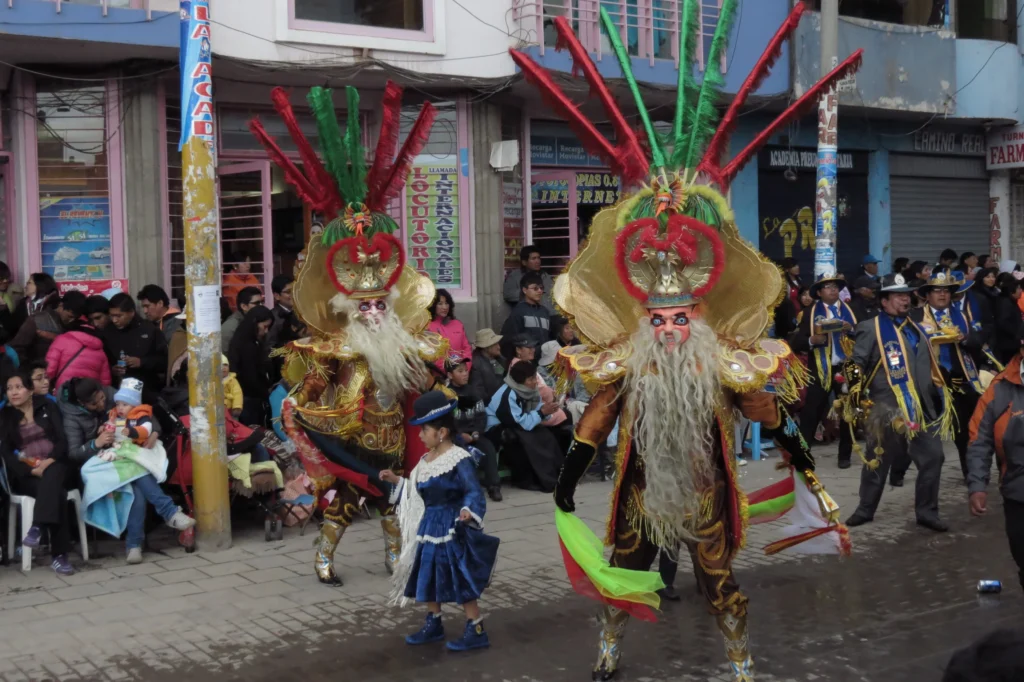
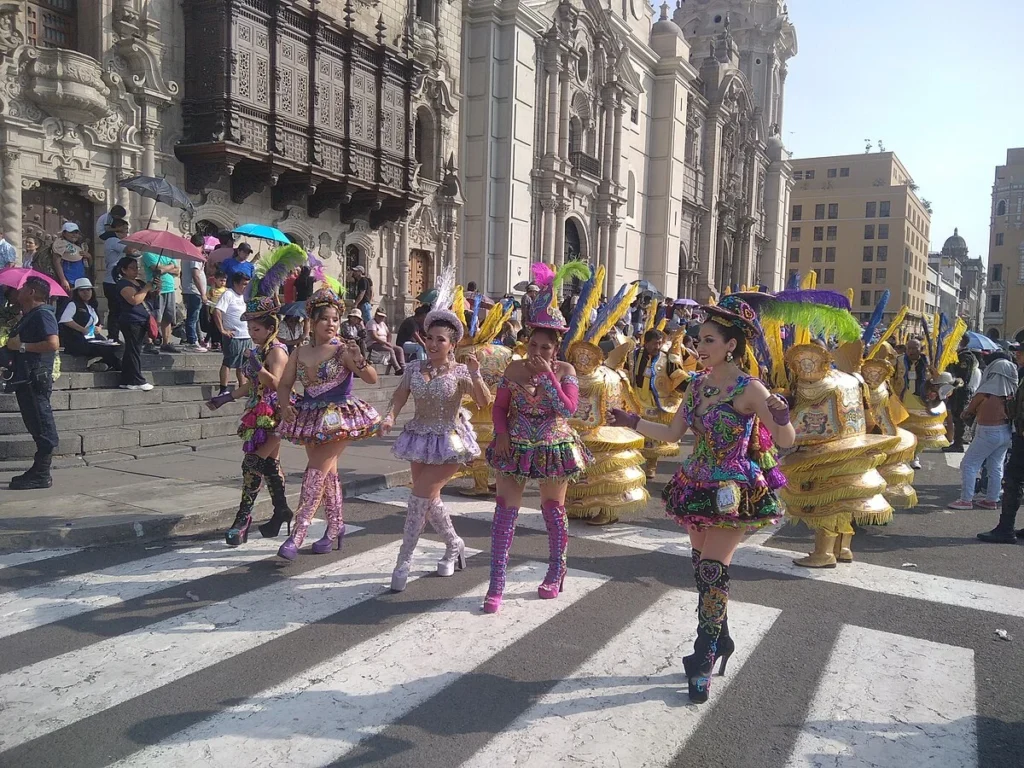
When: February (2 weeks long)
Where: Puno, Peru & Copacabana, Bolivia
What & Why: This festival honors the Virgin of Candelaria, the patron saint of the region, combining Catholicism and indigenous Andean traditions.
It celebrates faith, fertility, and community with a spectacular showcase of music and dance.
History & Culture: With roots dating back to the 16th century, the festival is famous for its elaborate costumes and dances representing indigenous mythology and Spanish influence.
Over 40,000 dancers participate, performing folkloric styles like the Diablada (devil dance).
Typical Timetable:
- Early February: Religious processions and masses
- Mid-February: Dance competitions, musical parades, and folklore presentations
- End of Festival: Large communal feasts and fireworks
Festival Fee: Most events free; concerts $5–$10
Daily Budget: $30–$50
What to Wear: Warm jacket, gloves, and festival costume if participating in parades
Famous Experiences: Virgin statue procession, 40,000+ dancers, Diablada mask dances
Must-Try Food: Papa a la Huancaína, Andean corn snacks, trout from Lake Titicaca
Insider Tip: Attend in Puno for a lakeside festival experience by Lake Titicaca, the world’s highest navigable lake.
3. San Juan Festival – Venezuela
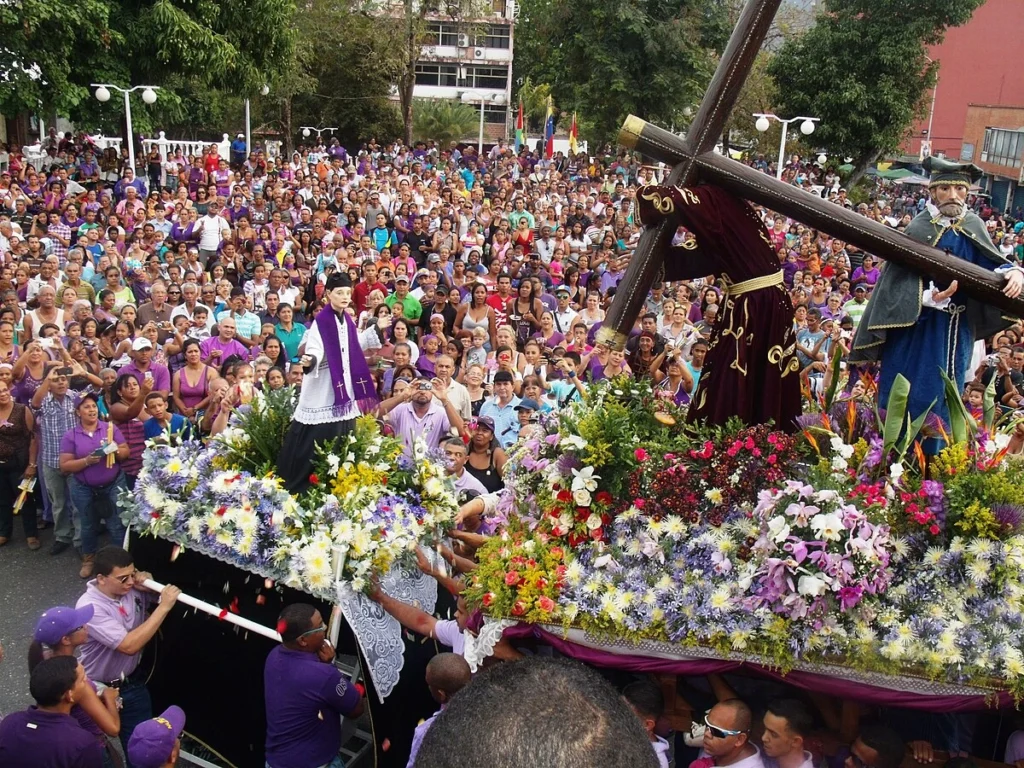
When: June 24
Where: Barlovento region, Venezuela
What & Why: San Juan celebrates Saint John the Baptist, blending Catholic and Afro-Venezuelan religious practices. It’s a vibrant expression of African heritage, spirituality, and community resilience.
History & Culture: Rooted in the Barlovento region’s African-descendant communities, the festival features rhythmic drumming, call-and-response songs, and energetic dances.
The all-night drumming sessions symbolize connection to ancestral spirits.
Typical Timetable:
- Evening June 23: Preparatory rituals and blessings
- June 24 (Day): Processions and church ceremonies
- June 24 (Night): Drumming marathons, dancing, and feasting until dawn
Festival Fee: Free
Daily Budget: $20–$35
What to Wear: Bright clothes, traditional red and black attire, dancing shoes
Famous Experiences: All-night drumming, Afro-Venezuelan ceremonies, spiritual blessings
Must-Try Food: Arepas, fried plantains, chicha (sweet rice drink)
Insider Tip: Women often lead the drumming circles—a rare cultural inversion worth witnessing firsthand.
4. Yawar Fiesta – Peru
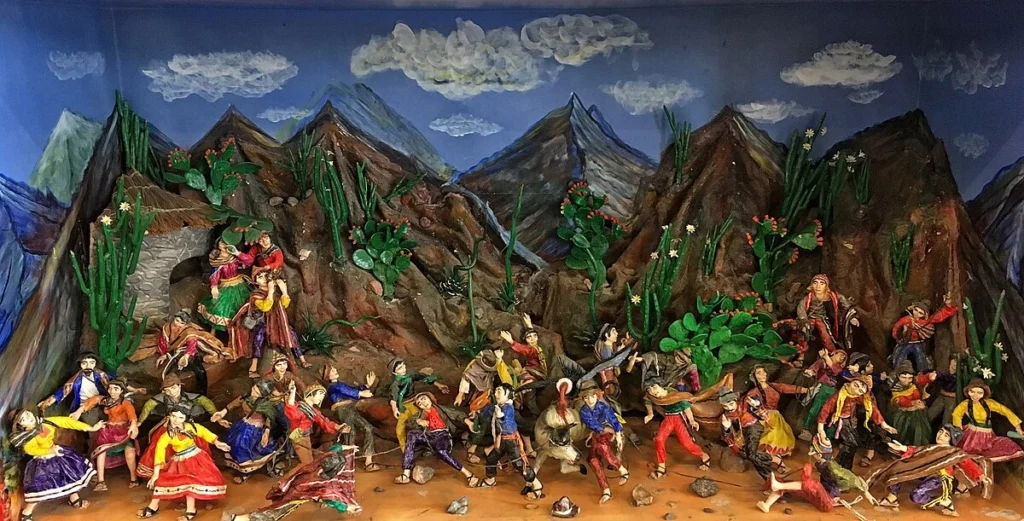
When: July (around Peru’s Independence Day)
Where: Apurimac, Peru
What & Why: Yawar Fiesta, meaning “Blood Festival,” is a symbolic event representing the conflict between indigenous Andeans and Spanish colonizers.
The condor (Andean symbol) tied to a bull symbolizes the struggle and eventual indigenous resilience.
History & Culture: Celebrated mainly in rural Apurimac, it combines indigenous myth, Catholic elements, and communal storytelling.
The festival is controversial but is evolving with increased animal welfare awareness.
Typical Timetable:
- Morning: Bullfight with condor symbolism (symbolic in some places)
- Afternoon: Music, dancing, and Quechua storytelling
- Evening: Community feasts with traditional Andean dishes
Festival Fee: Free (donations accepted)
Daily Budget: $25–$40
What to Wear: Rural wear, sun protection, comfortable walking boots
Famous Experiences: Condor-bull ritual, traditional Quechua plays, highland feasts
Must-Try Food: Pachamanca (earth oven meats), chicha de jora (fermented corn drink)
Insider Tip: While animal rights groups critique the ritual, locals now use symbolic representations or ensure no harm to animals.
5. Carnaval de Negros y Blancos – Colombia
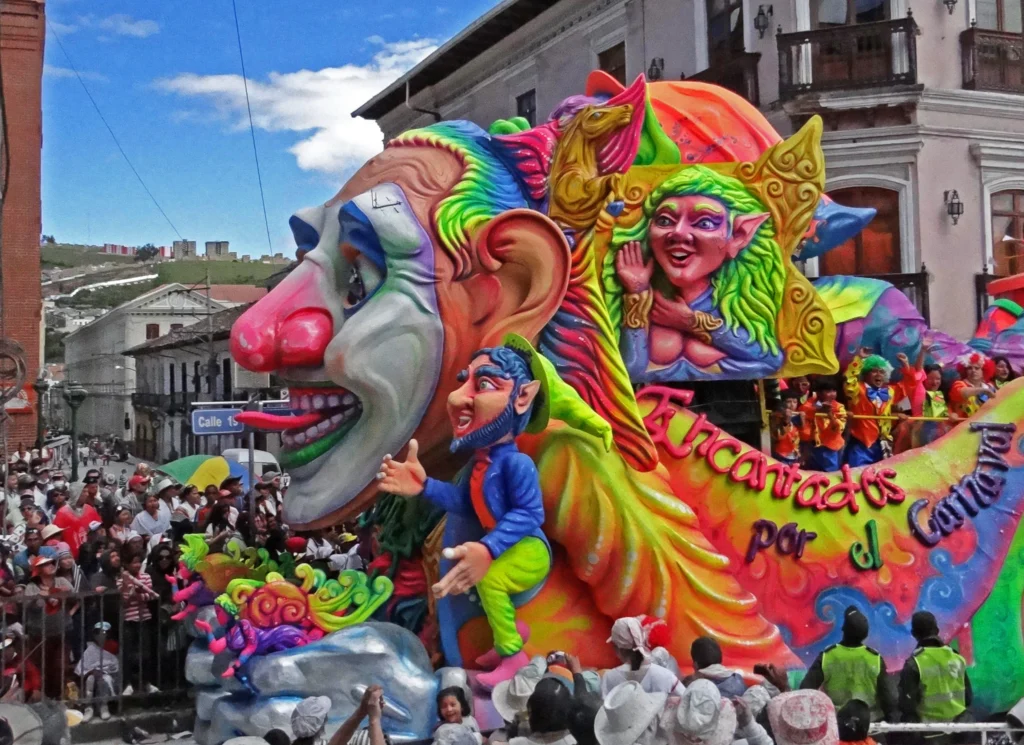
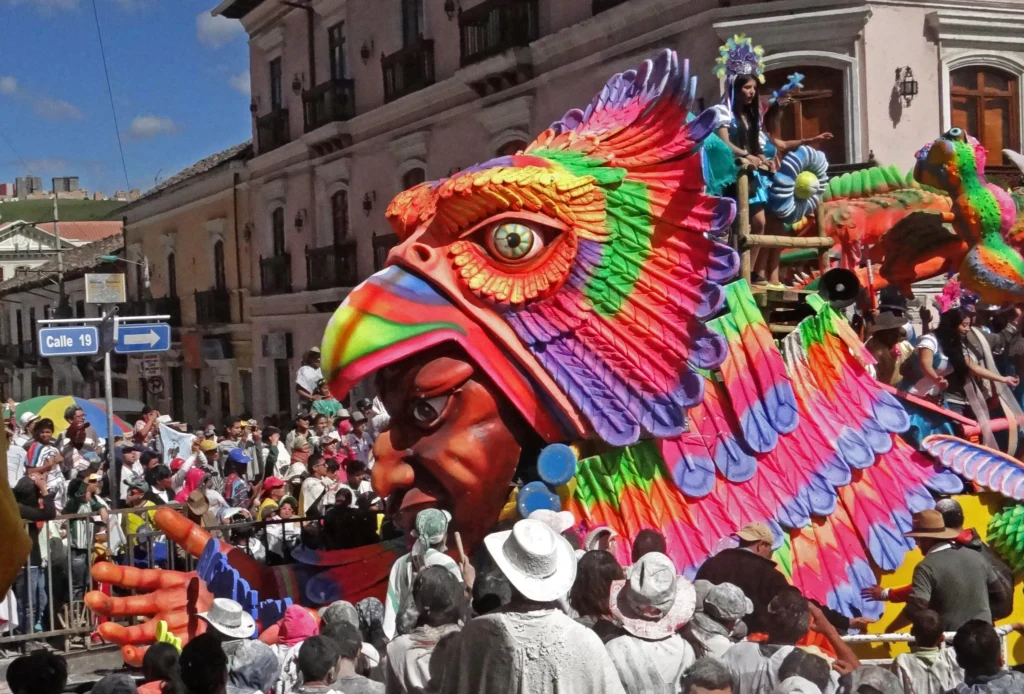
When: January 2–7
Where: Pasto, Colombia
What & Why: This UNESCO-listed carnival celebrates racial harmony, with days designated for people to paint their faces black and white, symbolizing unity and the blending of cultures.
History & Culture: Dating back to the 16th century, it combines indigenous, African, and Spanish traditions. It’s known for its lively parades, floats, and playful “powder wars.”
Typical Timetable:
- Jan 2: Black Day (paint your face black)
- Jan 3-5: Parades, dances, and street parties
- Jan 6: White Day (paint your face white, talco powder fights)
- Jan 7: Grand finale parade
Festival Fee: Free; viewing stands $10–$20
Daily Budget: $30–$50
What to Wear: White clothes for powder day, black attire initially; goggles for powder fights
Famous Experiences: Paint parades, talco wars, satirical street theatre
Must-Try Food: Empanadas, tamales, panela sweets
Insider Tip: Participate in the talco (powder) wars. Bring goggles and wear white clothes!
6. Fiesta Nacional del Sol – Argentina

When: Late February
Where: San Juan Province, Argentina
What & Why: The National Festival of the Sun honors the sun’s life-giving energy with a mix of pageantry, cultural shows, and wine celebrations. It also marks the agricultural cycle’s peak in the desert province of San Juan.
History & Culture: Since 1972, the festival features parades, concerts, and beauty pageants celebrating regional identity and natural bounty.
Typical Timetable:
- Daytime: Cultural exhibitions and vineyard tours
- Evening: Parades with illuminated floats and concerts
- Night: Fireworks and communal dancing
Festival Fee: Free to $15 for concerts/parades
Daily Budget: $40–$65
What to Wear: Light, breathable clothes; stylish evening wear for events
Famous Experiences: Light-up floats, vineyard tours, live music
Must-Try Food: Asado (barbecue), empanadas, local Malbec wines
Insider Tip: It’s also a wine celebration! Pair your trip with local vineyard tours in the Valle del Tulum.
7. Tapati Festival – Easter Island (Chile)
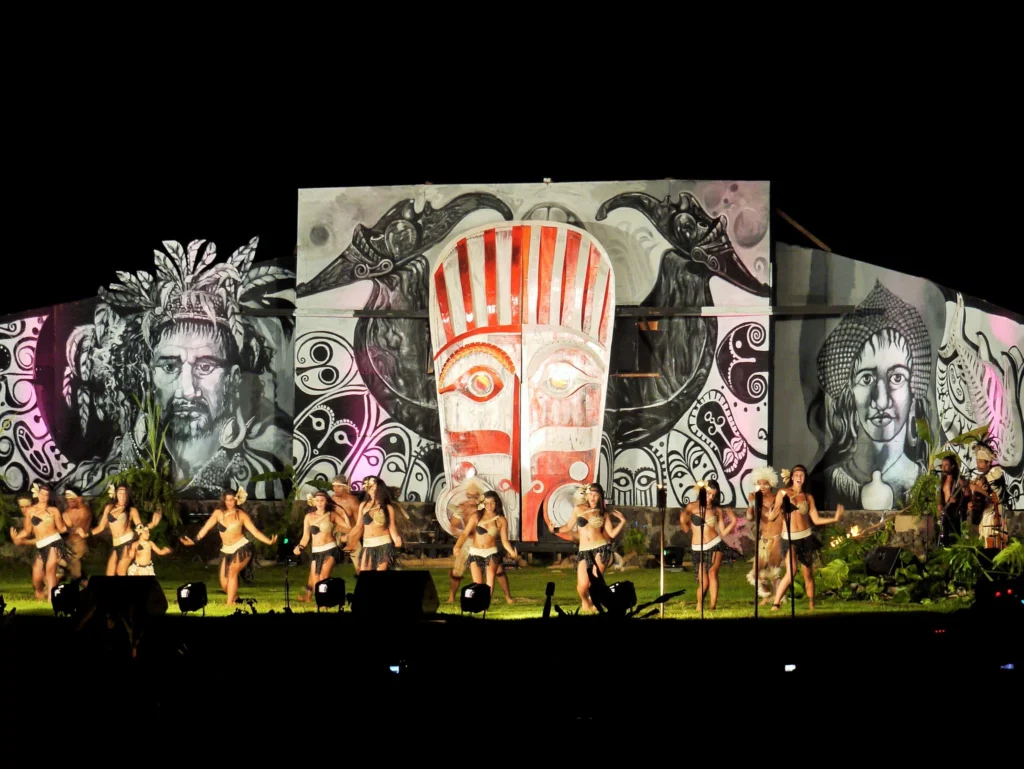
When: Early February
Where: Rapa Nui (Easter Island)
What & Why: Tapati is the island’s biggest cultural festival, celebrating Polynesian heritage through competitions in traditional skills, arts, and sports.
History & Culture: Started in the 1970s, it revitalized local culture, involving body painting, canoe races, and ancient rituals that connect modern Rapa Nui people to their ancestors.
Typical Timetable:
- First week: Competitions in canoeing, crafts, and dance
- Second week: Cultural performances, traditional feasts, and ceremonial events
- Festival finale: Large community party with music and fireworks
Festival Fee: Free entry; travel and accommodation costs high
Daily Budget: $80–$120
What to Wear: Polynesian sarongs, body paint, sandals, flower crowns
Famous Experiences: Haka Pei banana sledding, canoe races, ancestral dances
Must-Try Food: Po’e (banana cake), ceviche, Rapa Nui seafood stew
Insider Tip: Flights to Easter Island fill quickly during Tapati. Book 4–6 months in advance.
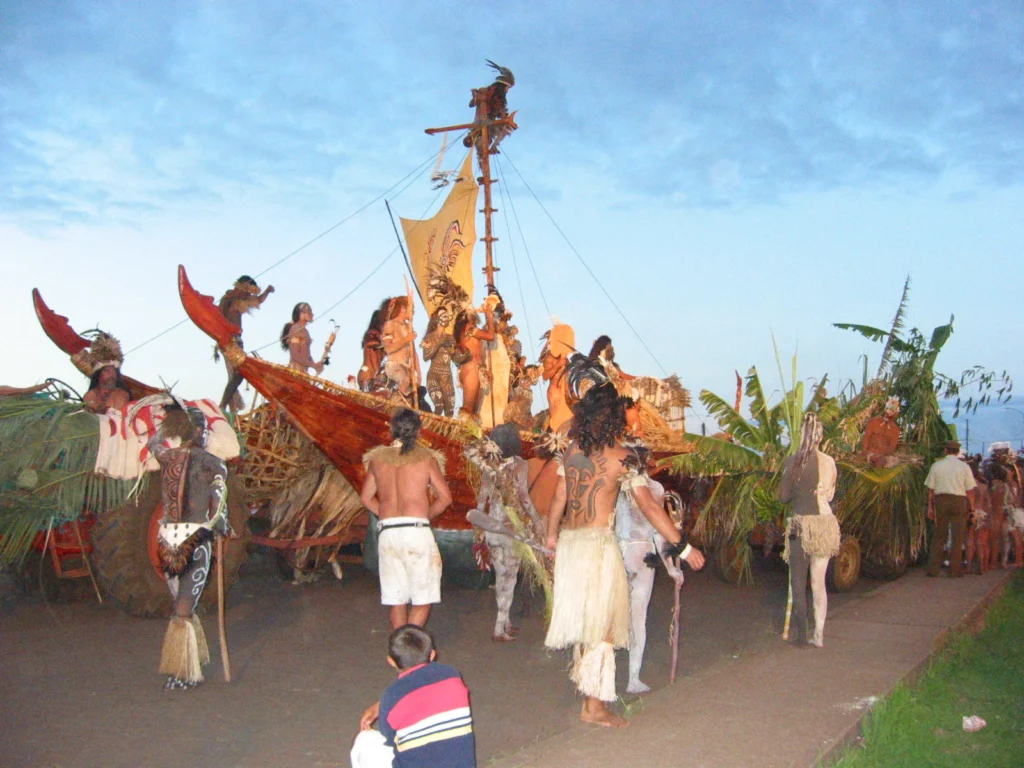
Travel Tips for Festival-Hopping in South America:
- Plan Ahead: Many festivals have specific schedules and limited tickets for special events. Booking months in advance is often necessary, especially for remote locations like Easter Island.
- Learn Basic Spanish: Understanding and speaking basic phrases helps immensely in rural areas and during religious ceremonies.
- Travel Insurance: Large crowds and remote locations make insurance essential for peace of mind.
- Respect Local Customs: Many South American festivals are sacred celebrations. Participate respectfully and ask before photographing.
- Carry Cash: Many small towns and markets don’t accept cards. Keep local currency handy in small denominations.
- Clothing & Gear: Pack according to climate and activities. Layering is key for high-altitude festivals; lightweight breathable clothes suit coastal areas.
- Stay Connected: Buying a local SIM card will help with navigation and staying in touch.
Final Word
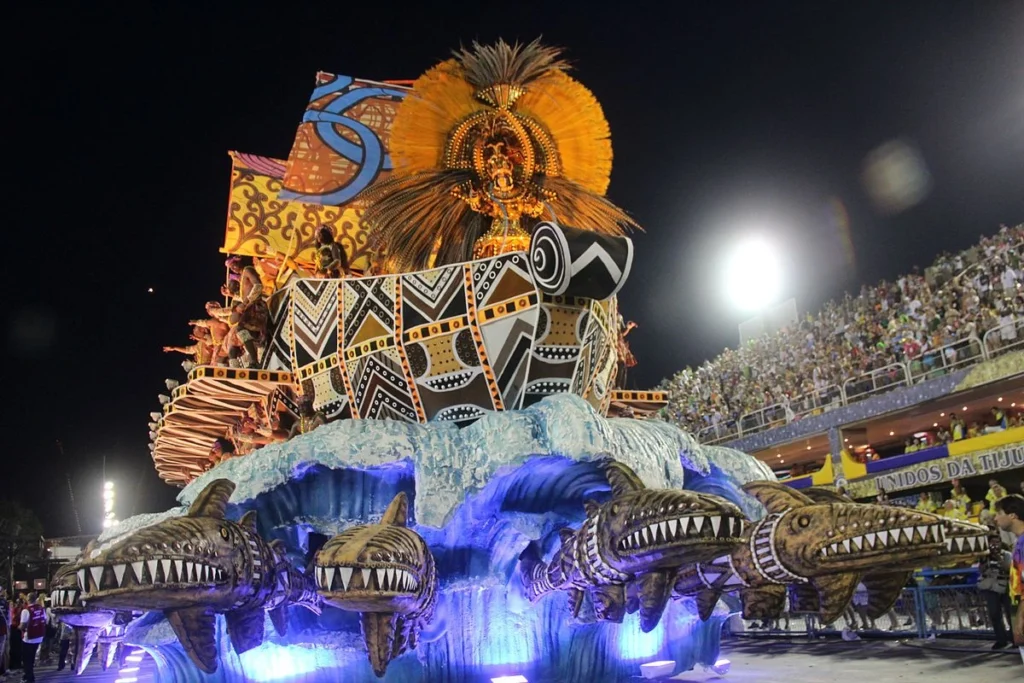
These hidden South American festivals offer an intoxicating blend of spirituality, rebellion, color, and community. They show a South America beyond postcards—raw, unfiltered, and soul-stirring.
Whether you’re a seasoned backpacker or a first-time adventurer, experiencing these under-the-radar festivals will connect you to the heartbeat of the continent.
So pack your dancing shoes and curiosity—South America’s secret celebrations await!

